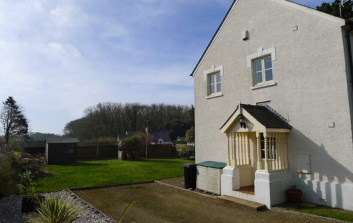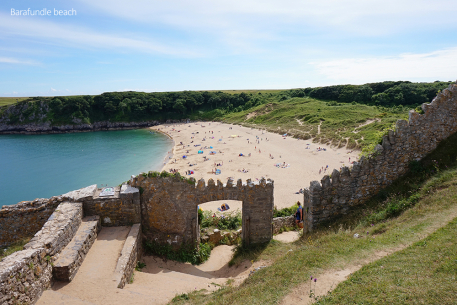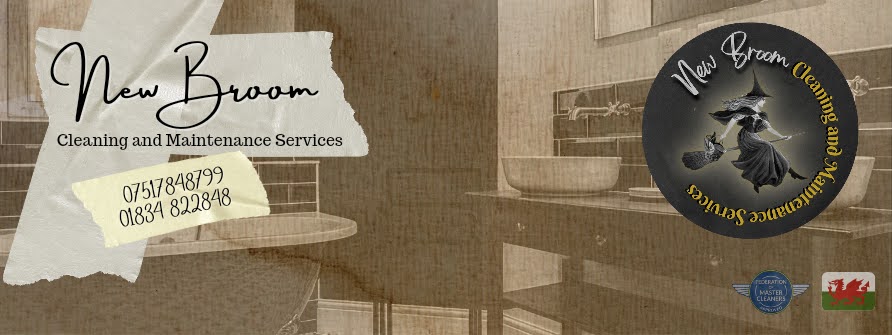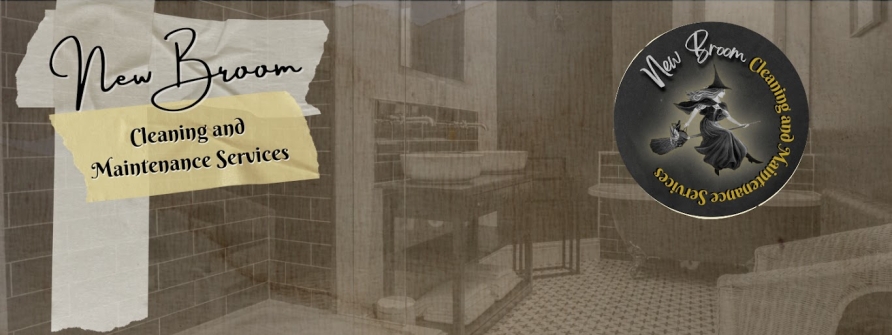Awel Y Mor is located in the quiet idilic village of Stakepole, off the edge of Pembroke. The village itself upholds mountains of history due to its age and conquest. It was sieged by the Normans when they first invaded South Wales back in the early 17th century.
During the second world war, soldiers were billated at Stackpole Court - the heart of the village, and due to lack of resources needed at the time they took the original lead from the roof to use as bullets and shrapnal, allowing for rain to leak into the original foundations causing terrible dry rot. As a result the foundations were pulled down in 1963, and large pieces of the estate was broken up and passed into the care of the National Trust. The few buildings that remained were later turned into apartments and houses and are what you are able to see today.
A short walk away, you are able to immerse yourself in the local wildlife throughout the coast of Barafungal bay, Bosherston lily ponds and also the Broad Haven stretch. Offering up to our visitors and
locals the beautiful beaches of what South Pembrokeshire has to offer.








